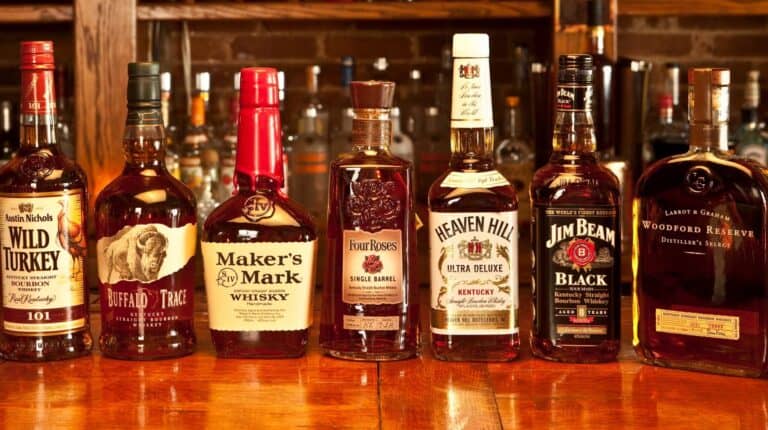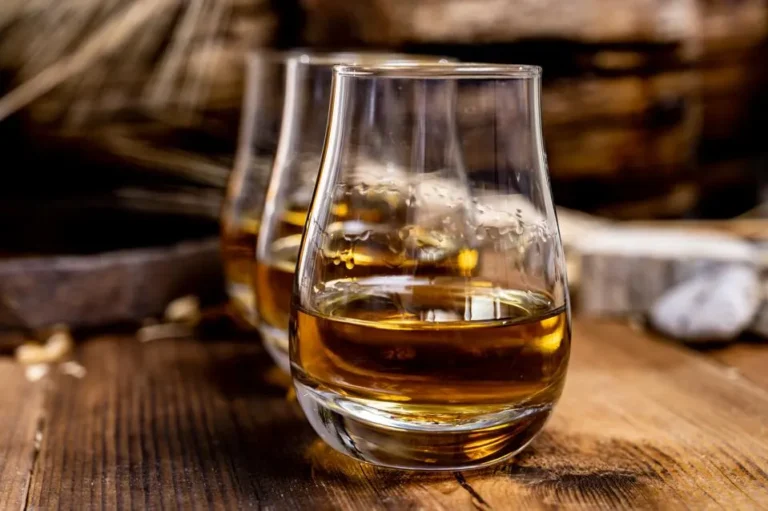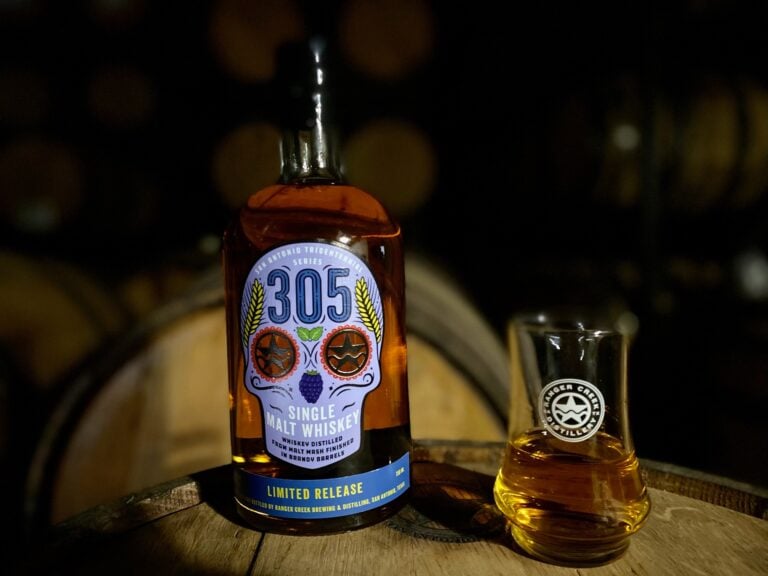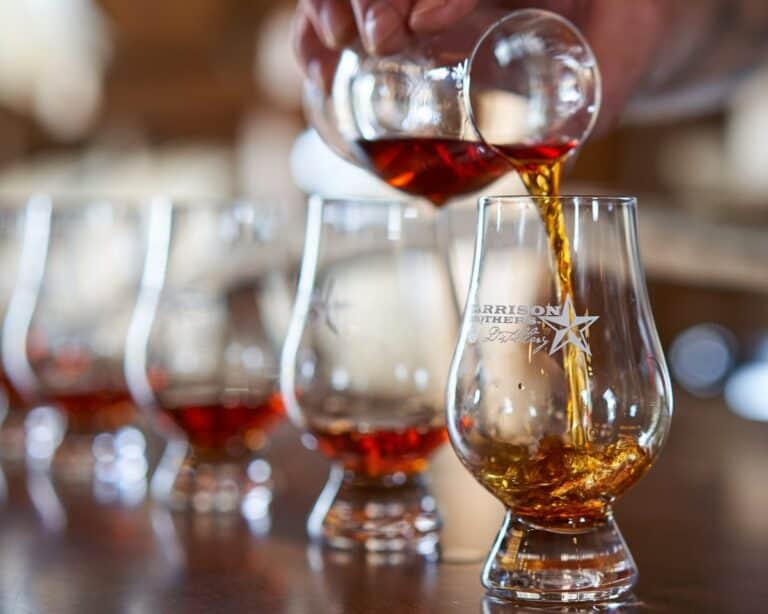What is the Difference Between American Whiskey and Bourbon
American whiskey and bourbon are often used interchangeably, but they have distinct differences that set them apart. Understanding these differences can enhance your appreciation and selection of these popular spirits. This comparative analysis will explore the key distinctions in ingredients, production processes, flavors, and legal standards, providing a comprehensive guide for enthusiasts and casual drinkers alike.
Ingredient Difference Between American Whiskey and Bourbon
Grain Composition
The primary difference between American whiskey and bourbon lies in their grain composition. American whiskey is a broad category that can include various types of grain in its mash bill, such as corn, rye, barley, and wheat. The exact proportions of these grains can vary significantly, leading to a diverse range of flavors and textures.
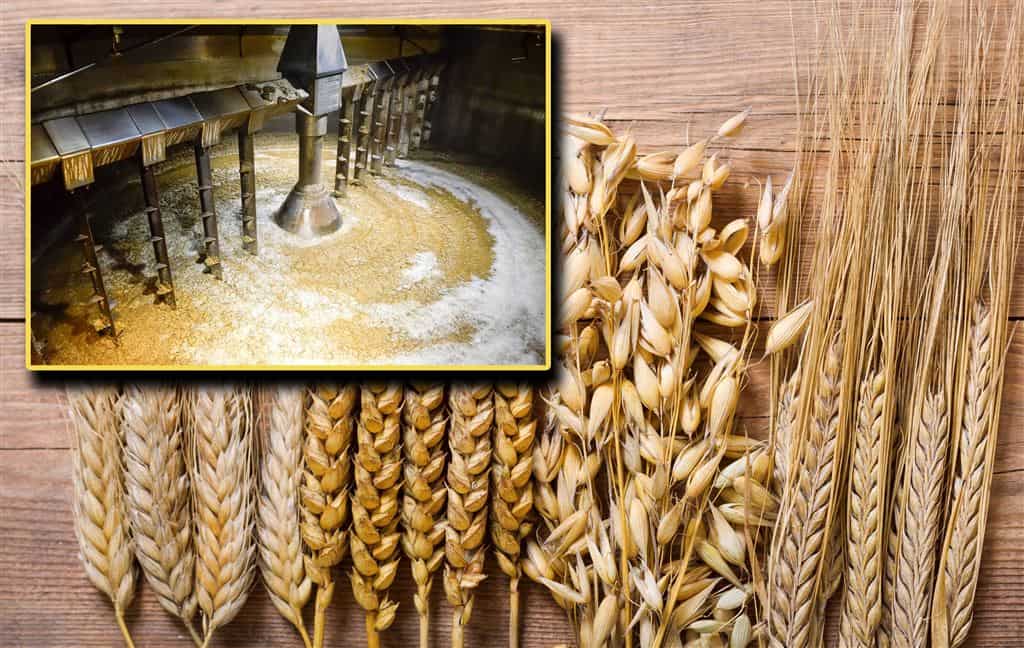
Bourbon, on the other hand, has strict requirements for its grain composition. By law, bourbon must contain at least 51% corn. This high corn content gives bourbon its characteristic sweetness. The remaining 49% can include other grains like rye, barley, or wheat, which contribute to the complexity of the final product.

Additional Ingredients
In addition to the primary grains, other ingredients play a role in the production of American whiskey and bourbon. For example, yeast is crucial for fermentation, converting sugars into alcohol and influencing the flavor profile.
The type of yeast used can vary between distilleries, each producing unique characteristics in the whiskey.

Water is another essential ingredient. The mineral content and purity of the water can affect the flavor of the final product. Many distilleries boast about their water sources, such as limestone-filtered water in Kentucky, which is reputed to enhance the quality of bourbon.

Production Process Differences
Distillation Techniques
Distillation is a critical step in the production of both American whiskey and bourbon. American whiskey can be distilled using various techniques, such as pot stills or column stills. The choice of still can influence the final product’s flavor and texture. Pot stills, for instance, tend to produce a more robust and flavorful whiskey, while column stills can create a smoother, lighter spirit.
Bourbon must be distilled to no more than 160 proof (80% alcohol by volume). This restriction ensures that the spirit retains more of the grain’s character and flavor. After distillation, bourbon is typically reduced to 125 proof or lower before being aged in barrels.

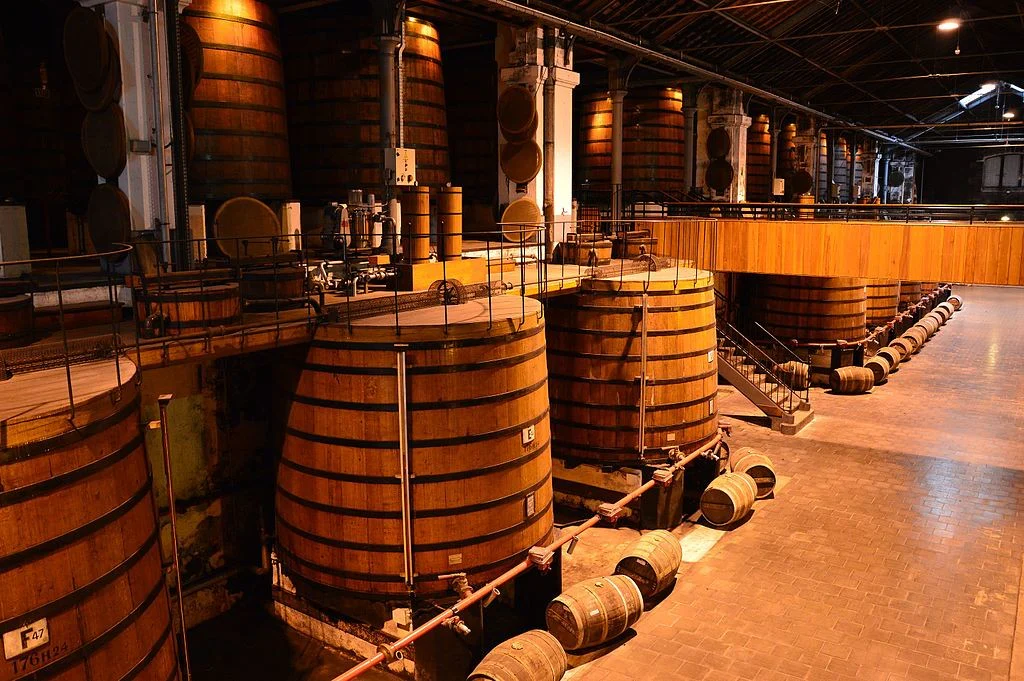
Aging Methods
Aging is where American whiskey and bourbon develop much of their character. American whiskey can be aged in various types of barrels, including used barrels. This flexibility allows for a wide range of flavors and colors, depending on the barrel’s previous contents and the aging duration.
Bourbon, however, has strict aging requirements. By law, bourbon must be aged in new, charred oak barrels. This charring process caramelizes the wood’s sugars, imparting rich flavors like vanilla, caramel, and toffee to the bourbon. Additionally, bourbon must be aged for a minimum of two years to be considered “straight bourbon,” although many premium bourbons are aged for much longer to develop deeper, more complex flavors.
Flavor and Aroma Comparison
Common Flavor Profiles in Each
The flavor profiles of American whiskey and bourbon can vary widely due to their different ingredients and production methods. American whiskey encompasses a broad spectrum of flavors. For example, rye whiskey tends to have a spicy, robust flavor, while wheat whiskey is often softer and smoother.
Bourbon, with its high corn content, is typically sweeter than other American whiskeys. Common flavor notes in bourbon include caramel, vanilla, and butterscotch, complemented by oak and spice from the charred barrels. The aging process in new barrels also contributes to bourbon’s rich amber color.

Tasting Differences
When tasting American whiskey and bourbon side by side, several key differences can be noted. Bourbon’s sweetness and caramel notes are often the first to stand out, followed by a smooth, lingering finish. The charred oak barrels also impart a distinctive smokiness and depth to bourbon that can be less pronounced in other American whiskeys.
In contrast, American whiskey’s tasting experience can vary significantly depending on its grain composition and aging process. Rye whiskey, for example, often presents bold, spicy flavors with a dry finish, while malt whiskey might offer a more malty, fruity profile.

Legal and Regulatory Differences
Definitions and Standards
One of the most significant differences between American whiskey and bourbon lies in their legal definitions and standards. American whiskey is a general category that includes various types of whiskey produced in the United States, each with its own set of standards. For instance, rye whiskey must be made from at least 51% rye, and malt whiskey from at least 51% malted barley.
Bourbon has more stringent legal requirements. According to U.S. law, bourbon must be made in the United States, with a mash bill of at least 51% corn. It must be distilled to no more than 160 proof, aged in new, charred oak barrels, and entered into the barrel at no more than 125 proof. These regulations ensure the consistency and quality of bourbon.

Labeling Requirements
Labeling is another area where American whiskey and bourbon differ. American whiskey labels must accurately reflect the type of whiskey and its key characteristics, such as the grain composition and aging duration. For example, “straight” whiskey indicates that the spirit has been aged for at least two years.
Bourbon labels have additional requirements to ensure consumers know exactly what they are getting. The term “straight bourbon” signifies that the bourbon has been aged for at least two years and contains no added flavors or colors. If the bourbon is aged for less than four years, the age must be stated on the label. Furthermore, if the bourbon is bottled at 80 proof or higher, it must be labeled as such.
Conclusion
American whiskey and bourbon, while often confused, are distinct spirits with unique characteristics. From their grain composition and production processes to their flavor profiles and legal standards, each offers a different experience for the discerning drinker. Whether you prefer the sweetness and depth of bourbon or the diverse flavors of American whiskey, understanding these differences can enhance your appreciation and enjoyment of these iconic American spirits.
FAQs
Disclosure: Our blog contains affiliate links to products. We may receive a commission for purchases made through these links. However, this does not impact our reviews and comparisons. We try our best to keep things fair and balanced, in order to help you make the best choice for you.


